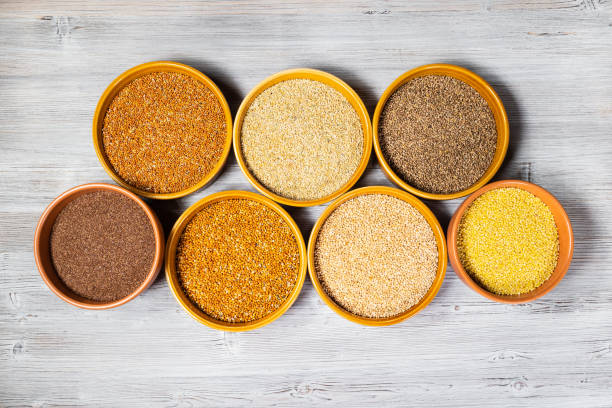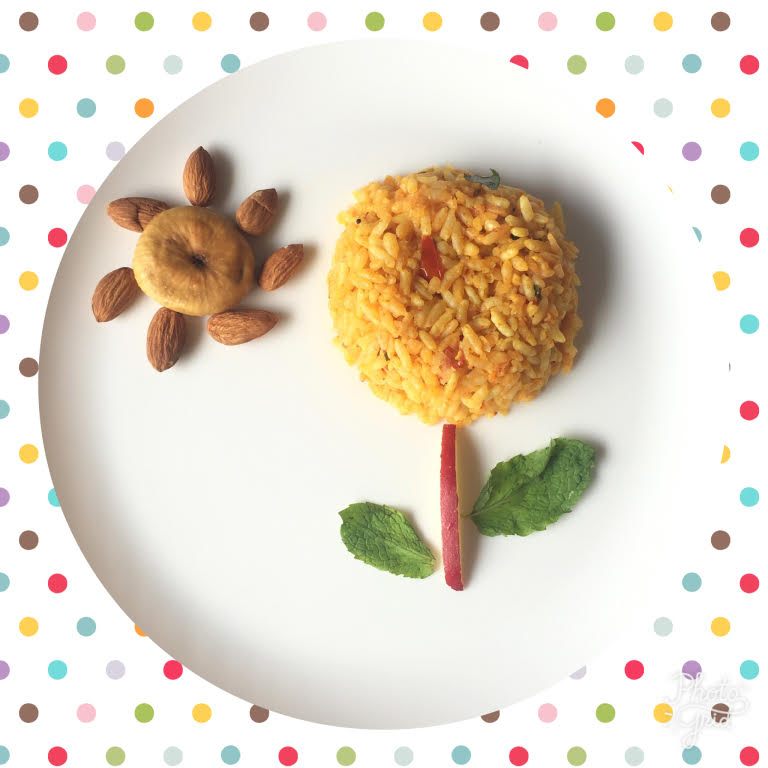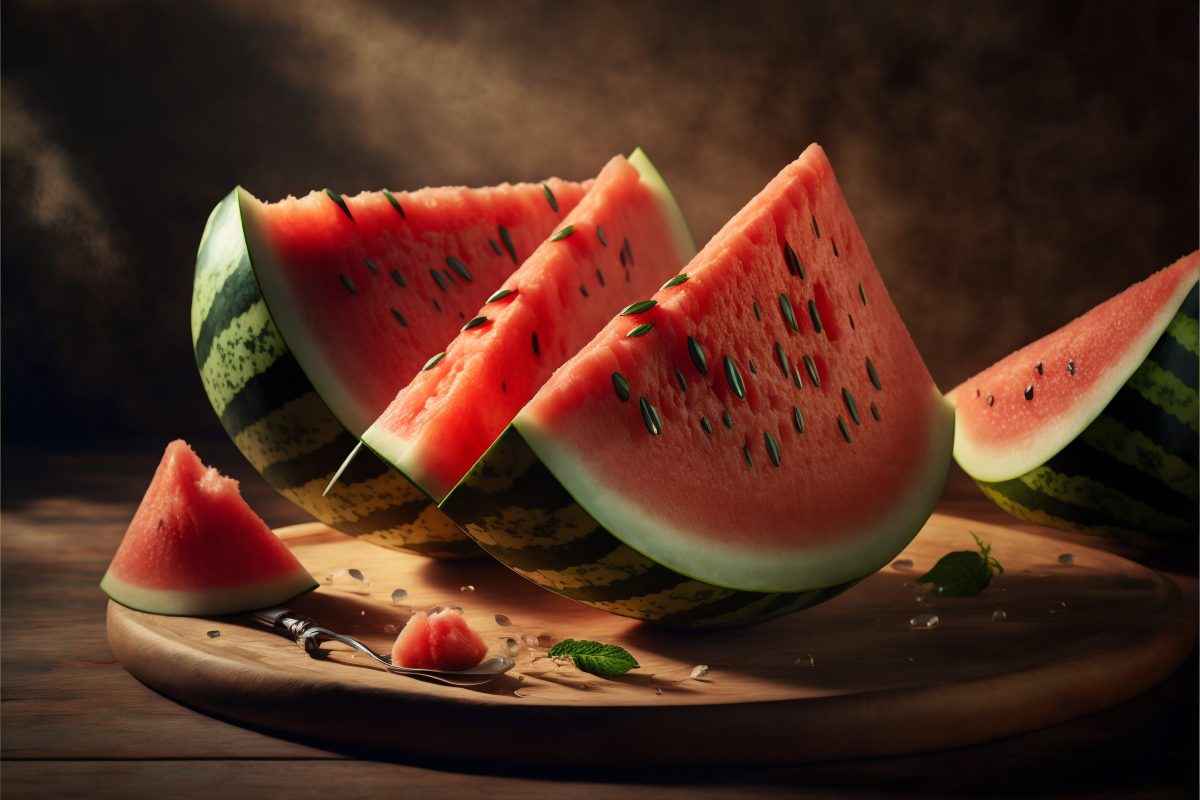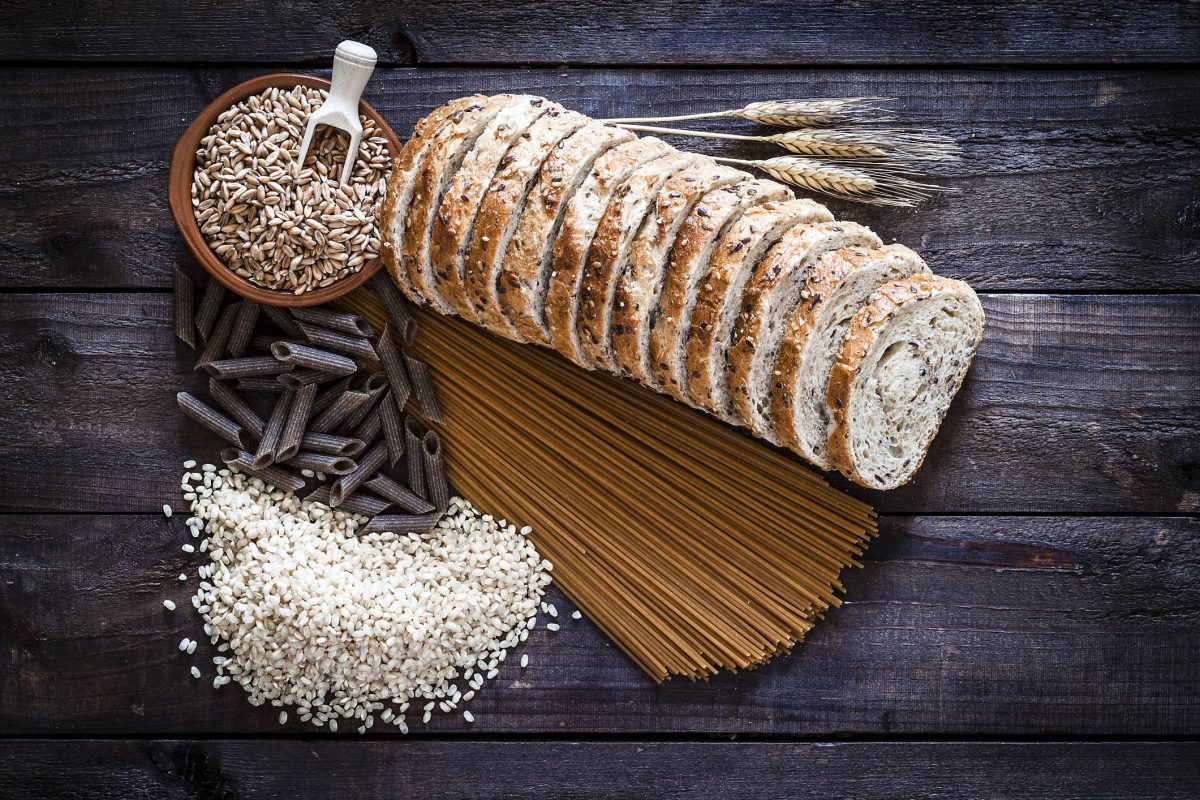Wheat and rice are 2 staples found in all our kitchens. But there are some other grains – millets that have made a comeback and if you haven’t started adding them to your daily diet – you should!
Get Your Family To Enjoy the Meals You Cook For Them – Sign up to get access to a FREE Meal Plan, a Seasonal Grocery List & a Recipe
The U.N. General Assembly adopted a resolution, sponsored by India and supported by more than 70 countries, declaring 2023 as the International Year of Millets. The resolution is intended to increase public awareness of the health benefits of millets and their suitability for cultivation under tough conditions marked by climate change.
Our grandparents used millet extensively in their meals and there was a reason for that. Let’s discover the value of traditional millets. Especially with the increasing health consciousness among people, there has been a rise in the demand for nutrient-rich cereals like millet.
What Are Millets:
Millets are a group of small-seeded grains that are grown and consumed widely in many parts of the world, especially in Asia and Africa. They are typically drought-resistant and can grow in a variety of soil types, making them a valuable crop for small-scale farmers.
They are often used as a staple food in many parts of the world and are a good source of fibre, protein, vitamins, and minerals. Millets are also naturally gluten-free, making them a good alternative for people with celiac disease or gluten intolerance.
Why Should You Add Millets To Your Meal Plan:
These little grains are a powerhouse of nutrition, which helps in improving heart health and can effectively reduce coronary blockage. It is enriched with the goodness of magnesium, which can effectively reduce blood pressure and the risk of stroke and heart attacks.
The KSP Meal Plans are a treasure trove of recipes, meal ideas, seasonal grocery lists, tried & tested hacks and so much more. We share meal ideas & recipes that are a mix of traditional, seasonal & modern-day food. You don’t want to miss this incredible toll to simplify your days in the kitchen.
What Are The Different Types Of Millets
Bajra or Pearl Millet
This tops the warming chart and is an essential part of the winter diet. It has a lot of health benefits which make it an ideal addition to our Indian meal plan. It helps increase blood circulation, is rich in magnesium, has fibre that helps reduce LDL and is an excellent source of iron
Jowar, also known as sorghum
This is a nutritious cereal grain and is a good source of essential nutrients such as fibre, protein, iron, and vitamins B and E. The high fibre content in jowar helps promote digestive health and prevent constipation.
Little Millet or Kangani, Bengali; Sava, Marathi; Swank, Punjabi; Gajro
This is grown in India but is an elusive grain in other parts of the world. Little millet is infused with a generous dose of protein content (exceeding brown rice) which contributes to strengthening muscles, immunity and cellular activity. The natural antioxidants present aid overall health and prevent the risk of cancer.
Proso Millet or Barragu/Panivaragu/ Cheena
This is popularly known as common millet. It’s said to be first domesticated in China. Proso millet ranks among the highest in protein value among millets with additional amino acids. As building blocks of the human body, protein is instrumental in the upkeep of muscles, tissues, cartilage, skin and blood. These grains are a rich source of Vitamin B and folic acid. Also due to their low glycaemic content, millets can help prevent and control diabetes.
Ragi, nachni, bhakri or finger millet
This is a grain that has been part of the Indian diet for centuries. It’s actually an excellent option to add to your baby’s menu. Ragi helps with overall growth and development since it contains high amounts of proteins, calcium, and iron and it is gluten-free.
Foxtail Millet is also known as Kangni / Kakum.
Its drought-resistance and short growing period have made it popular and it is attributed with many benefits in traditional medicines. It’s a generous source of strengthening nutrients for muscles, bones, blood and skin. A diet including foxtail millet may improve glycaemic control and reduce insulin and cholesterol.
Kodo Millet
This has high antioxidant content and benefits for diabetes patients. Kodo contains protein and dietary fibre. This millet is tasty, simple and healthy preparation made from the Kodo.
Jowar Khichdi
Scroll down for more recipes using millet
Get Your Family To Enjoy the Meals You Cook For Them – Sign up to get access to a FREE Meal Plan, a Seasonal Grocery List & a Recipe




















